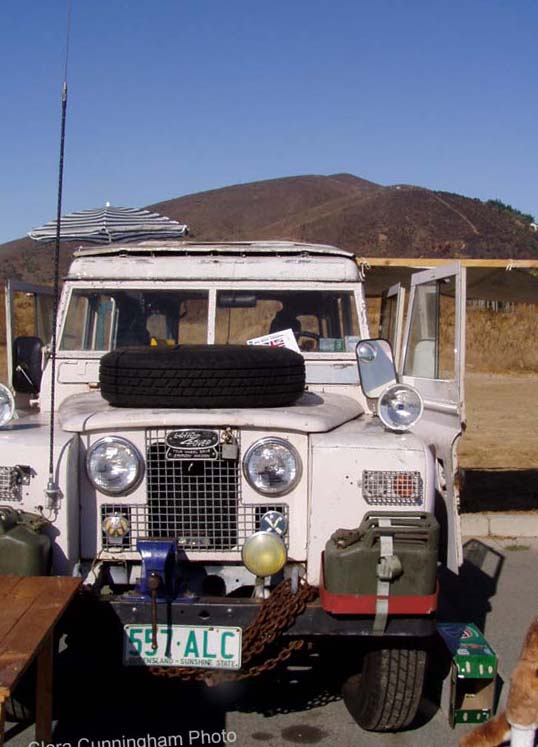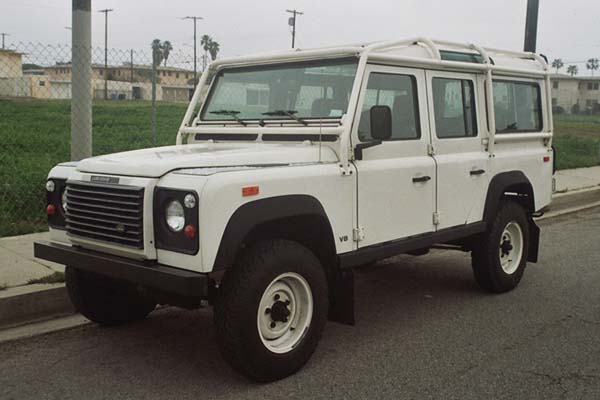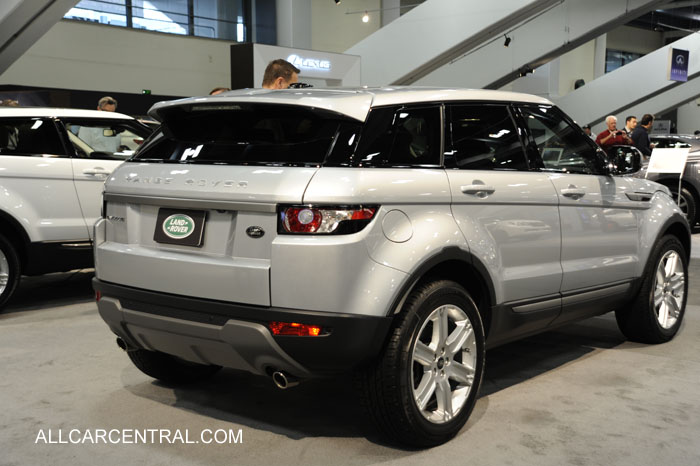Land Rover.

Lets first be clear on the original design for this successful vehicle...It was the American Jeep that changed the whole structure of war time mobility. However, the potential for a civilian version of this was slow to develop in the US. There were a few attempts but none were especially successful. In Britain however a different situation took place. The Rover Corporation was a medium size, successful motor company that had based its products on supplying a middle class market. By that I mean such people as professional lawyers, doctors, business people and of course the direct association of Bank Managers with Rover cars. Much of the product advertising was based on this image; if you want a bank loan make sure your bank manager drives the right car! (In those days the B.M was the key man in any negotiation with you bank unlike today when you are lucky if you get a five minutes with some young, attractive female who tells you that she will have to ask head office, whoever, or wherever head office might be!) The time was 1949. British Car production was based on Export or Die, no more than ten percent of production was allowed to go to the home market, the remainder was for export to earn dollars to pay off Britain's war time debt that was in the realm of billions, most owed to the USA.
Rover like other certain other manufacturers suffered from a shortage of steel, rationed at the time by the government who controlled steel production; in consequence Rover could not build many export/private cars. Equally important and contributing to the problem was that the image of Rover at that time was not in line with the other more successful British exports to America. The style was more pre war than post war, the price range was high compared with the likes of Morris and Austin who led the export market and in consequence had extra supplies of steel. However during the war Rover had produced aero engines in company with aircraft bodies and inconsequence had the ability to work light ally sheet, a metal a product that was not rationed at that time. Not that successful for the production of family motor cars but ideal if you wanted a light weight all purpose vehicle that could transport basic items such as farm equipment, building material and any other goodies that required space. It is not clear who decided to design and build this vehicle but it may have been a request from the British military that had used the American jeep for several years. Basically the same size as the Jeep but far more versatile and less expensive to run. Never a fast vehicle but with a four cylinder 1500 cc power unit it could , through the inclusion of optional four wheel drive, climb any obstacle that incorporated a dirt track or better still a road, old or new. Construction was solid throughout, better in some ways than the original Jeep certainly as far as comfort was concerned and certainly more functional.

It was not long before this utility vehicle grew into an estate car and/or a covered van. The body was increased in length in company with the chassis; winches were fitted to the front, to pull out tree stumps or whatever. By the 1960s the week-end "Country Set", had adopted the vehicle is its symbol and when the Royal Family had three installed at their country home in Scotland, sales trebled almost overnight. Larger six cylinder power unit was offered and by 1970 1.5 million vehicles had been produced and shipped all over the world: Africa, Asia, Australia, New Zealand and of course the USA.

Today, it is doubtful if you would see many working on farms, the open pickup now fills that need but, I would guarantee that you will see then in Down Town New York or Washington DC. Used and sold as status symbols presenting the current image of the "Green Owner". Dedicated to saving the environment.
Ford obtained the rights to produce in the USA but economics and a series of setbacks seems to have shelved that situation.
One of the attractions of the earlier models was that you were sitting a tad higher than the standing policeman who was in the process of presenting you with a ticket. Made the experience far less disturbing!
Geoff Wheatley

BACK TO TOP